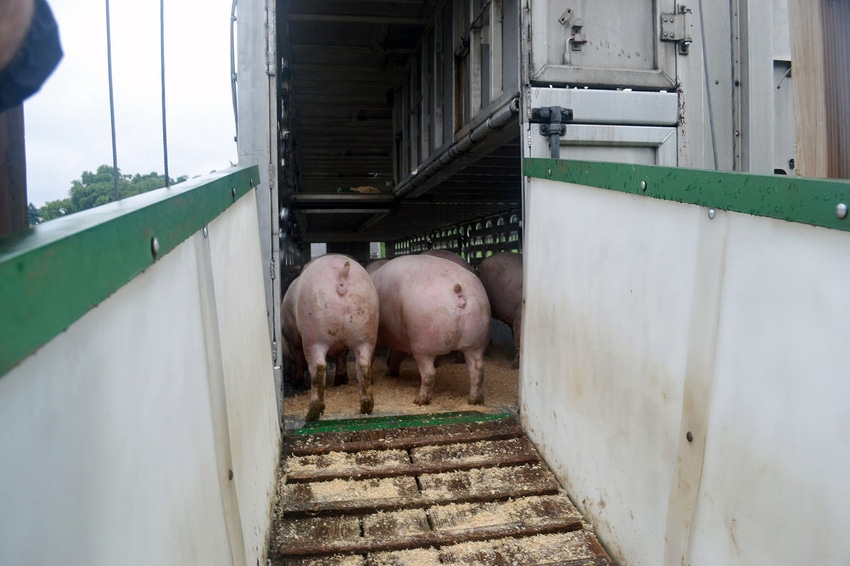Record pork production and trade disputes continue to be the near-term drag on prices.
December 4, 2018

Chris Hurt says what a lot of hog producers already know: that the current hog market presents a struggle for producers to be optimistic.
But, the Purdue University ag economist, says in the Dec. 3 farmdoc daily, that though pork producers are expected to struggle with hog prices below costs of production through the winter, lean hog futures are more optimistic for spring and summer prices to be high enough to provide profitability in the second and third quarters of 2019.
Hurt says record pork production and trade disputes continue to be the near-term drag on prices. But. what economic factors are the foundation of his 2019 optimism, and will those higher prices actually materialize in 2019?
“Pork production is expected to be higher by around 3% for the rest of 2018 and again in 2019. Market inventories in the September Hogs and Pigs report were about 3% higher and represent supplies for the fall and this winter. Farrowing intentions were also up about 2% and with higher pigs per litter will provide about 3% higher hog numbers next spring and summer.
“Trade conflicts have directly affected the U.S. pork industry. Trade disputes have limited U.S. pork sales in China and Mexico beginning last summer. Pork export volume to China is down 19% for this calendar year and most of the decrease has been since the summer when Chinese tariffs on U.S. pork were put in place. Sales to Mexico also have decreased relative to the same months a year-ago. However, year-to-date sales to Mexico are still up 2%.”
Hurt says the overall trade picture looks more optimistic when viewed in a global perspective for multiple reasons. “First, total pork exports to all destinations are up 6%. In addition, pork sales commitments through the week of Nov. 22 are also up 6%, and USDA analysts are using a 6% increase for their 2018 annual estimate. Second, the signing of the USMCA calms trade conflicts with Mexico and Canada. That trade agreement still needs approval in each country. In addition, it leaves in place the U.S. tariffs on steel and aluminum. It was these tariffs that caused Mexico and Canada to place restrictions on U.S. pork. Those tariffs still need to come off. Third, hope for a cooling of the trade conflicts with China are potentially supportive to hog prices. Fourth, African swine fever in China is not under control and China may import more pork and other meat products to compensate for lost hogs due to the disease.
“The lean hog futures market seems to exhibit more bullish enthusiasm by spring of 2019 even in the face of potential record pork production. It is a reasonable conclusion to assume traders’ optimism is based on strong demand from a continuing strong world economy, by anticipation of resolution to trade disputes, and perhaps by African swine fever in China increasing global pork sales.”
Trade disputes have damaged hog producers’ prices this year, Hurt says, “contributing to an estimated $12 per head of losses. Futures markets remain more optimistic that pork trade differences will be reduced or settled in 2019 with the potential for stronger prices.
“The bottom line is that the U.S. industry will be producing record pork supplies in 2019 and will need more open export markets and strong demand support. If not, another year of losses might result.”
Click here to read Hurt’s full report.
You May Also Like



